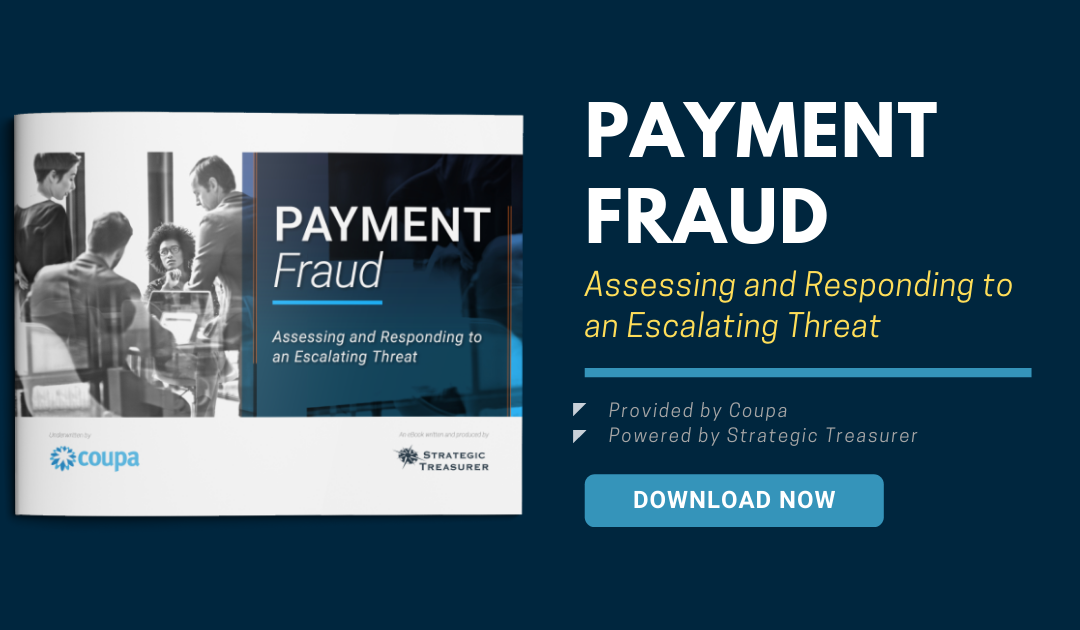

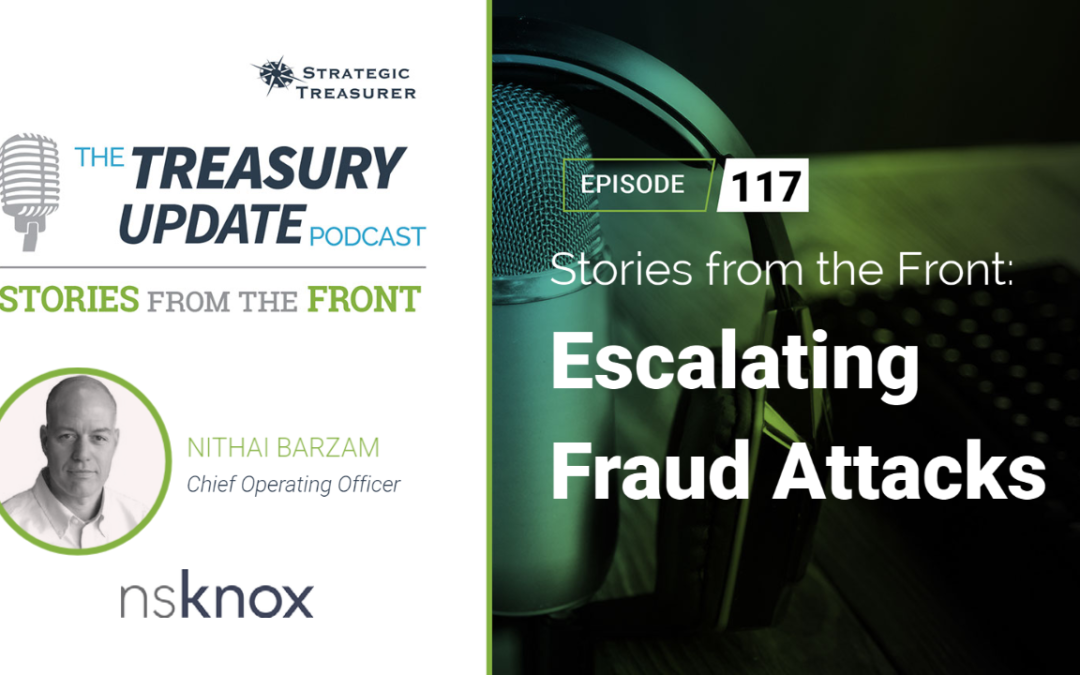
#117 – Stories from the Front: Escalating Fraud Attacks
Craig Jeffery speaks with Corporate Payment Expert Nithai Barzam, COO at nsKnox, on cybersecurity for payments and financials, fraud tactics and trends, system and infrastructure vulnerabilities, and advanced solutions to verify suppliers and prevent payment fraud. Listen in to learn how to protect your organization from cybercriminals.
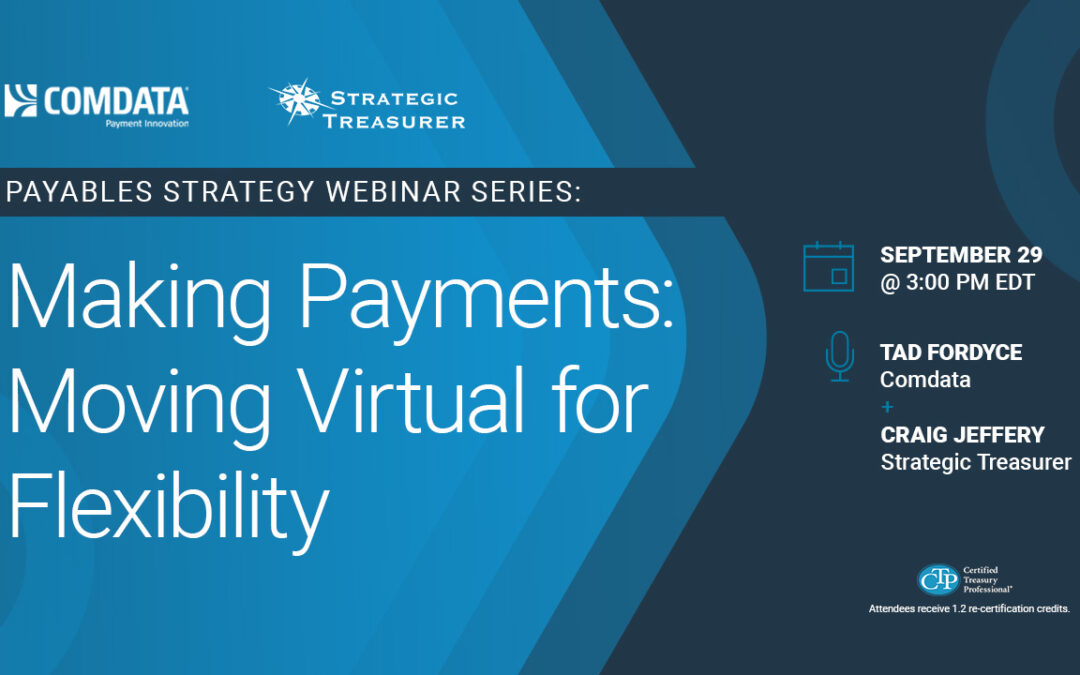
Webinar: Making Payments: Moving Virtual for Flexibility
Join Craig Jeffery of Strategic Treasurer and Tad Fordyce of Comdata for a webinar on how virtualization functionally works to streamline the payments process, allowing your finance group to scale and adapt in a highly flexible manner.
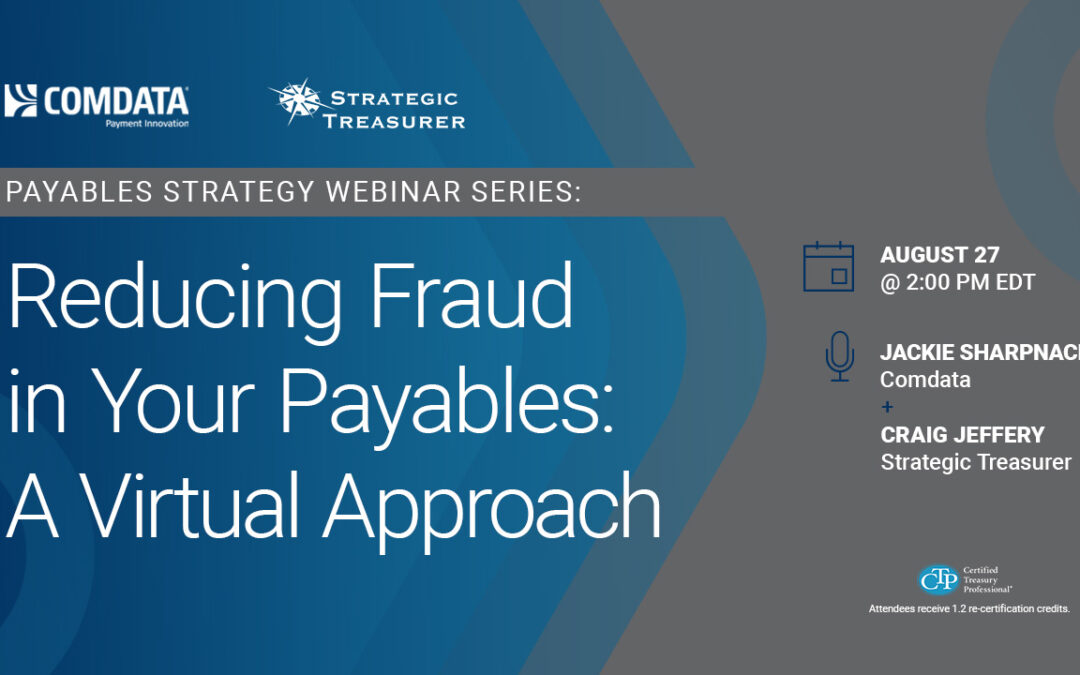
Webinar: Reducing Fraud in Your Payables: A Virtual Approach
Join Craig Jeffery of Strategic Treasurer and Jackie Sharpnack of Comdata for a webinar on the current fraud situation, what payment platforms are doing to secure the various endpoints, and options for companies to reduce the surface area of attack on their own.
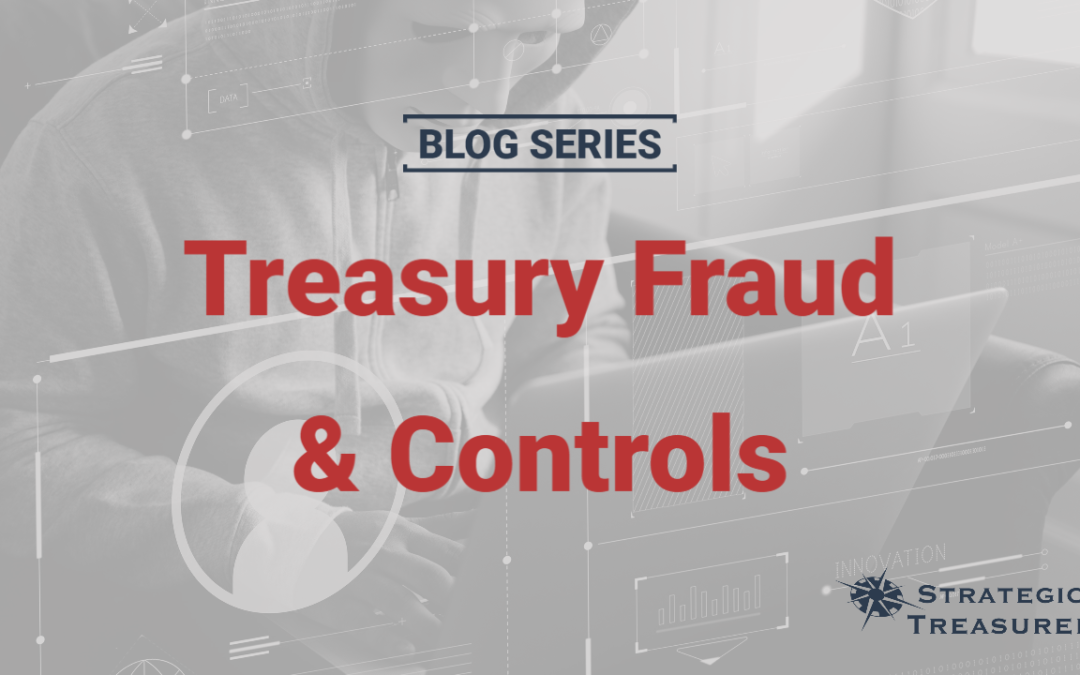
Treasury Fraud & Controls, Part 3: Mounting an Effective Defense
We’ve seen plenty of bad news about fraud. Scams are coming faster, more of them are succeeding, and companies’ losses are mounting. Many organizations are under-protected and insufficiently prepared. The data and analysis showing these facts are well-documented. Fearmongering, however, isn’t our goal.
